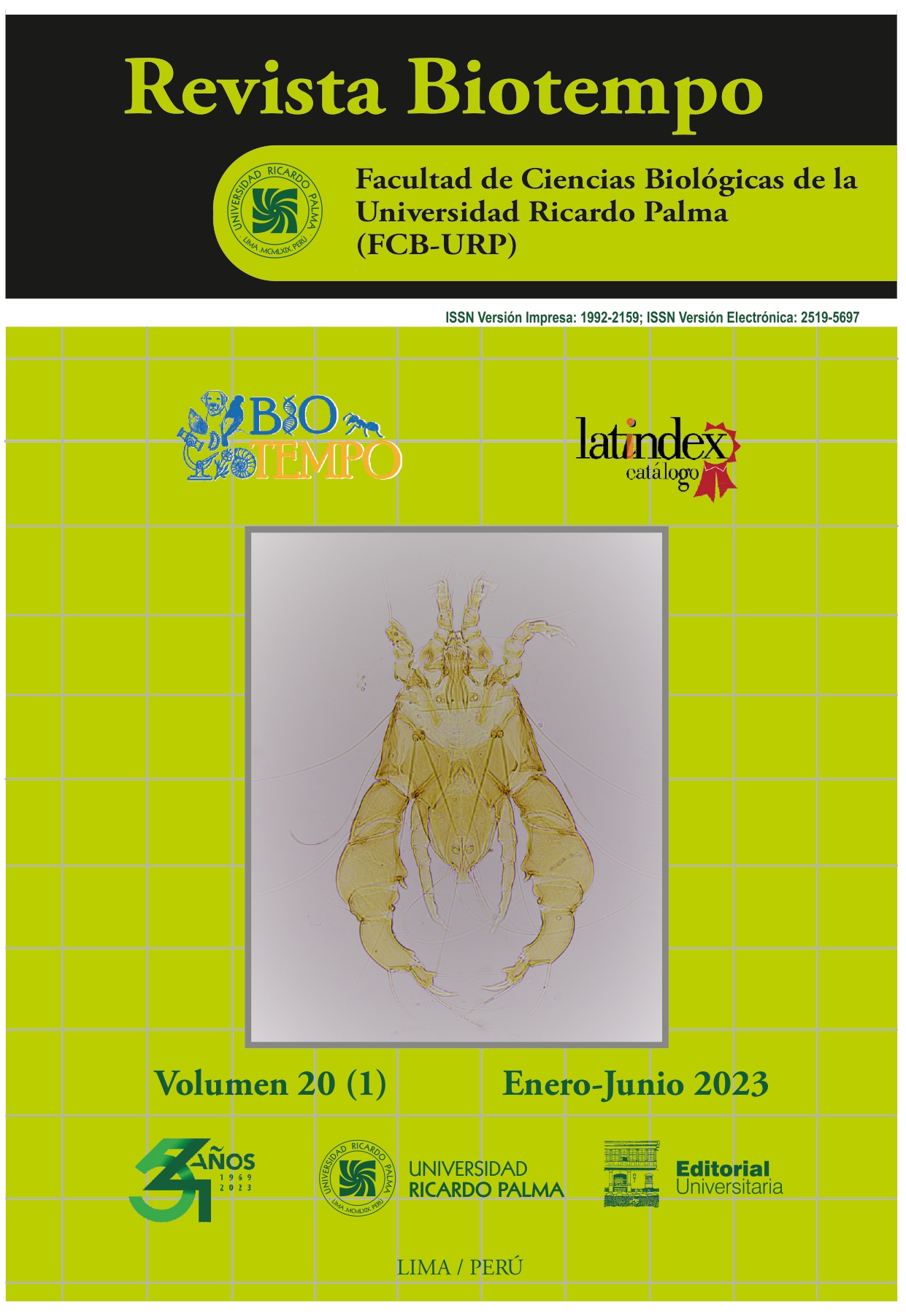Clases prácticas virtuales en el proceso de enseñanza-aprendizaje de los cordados
DOI:
https://doi.org/10.31381/biotempo.v20i1.5606Palabras clave:
cordados, clases prácticas virtuales, proceso de enseñanza-aprendizaje, sistema, Tecnología de la Información y la ComunicaciónResumen
El proceso de enseñanza-aprendizaje en la educación superior debe guiar, orientar y formar a los estudiantes hacia la adquisición de habilidades informáticas, en una sociedad cada vez más impregnada por las Tecnologías de la Información y la Comunicación. El objetivo de la investigación es proponer un sistema de clases prácticas virtuales, para el estudio de la morfología externa e interna de los vertebrados que se estudian como parte del programa de Zoología de los cordados, en la Carrera de Licenciatura en Educación. Biología, en el tercer año del Curso Regular Diurno, en la Universidad Central «Marta Abreu» de Las Villas, Villa Clara, Cuba. El sistema se sustenta en la Teoría Histórico - Cultural de L. S. Vigotsky y sus seguidores. La información para el diagnóstico es obtenida a partir de la aplicación de diferentes métodos de recopilación de información y procesamiento de estas, como encuestas, entrevistas, observación y revisión de documentos. Para mitigar las dificultades detectadas, y con vistas a utilizar las Tecnologías de la Información y la Comunicación, se elabora el sistema de clases prácticas virtuales, cuyo aporte a la teoría está dado en su concepción, donde la interacción entre las diferentes actividades que se proponen, permite cumplir la aspiración social expuesta en el modelo del profesional y los objetivos del programa relacionados con la realización de las actividades prácticas. El sistema se somete para su valoración a criterio de expertos y se implementa por primera vez en el curso académico 2022 con excelentes resultados.









